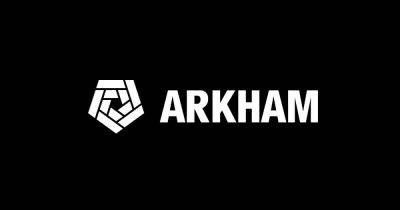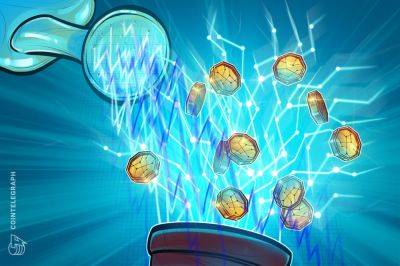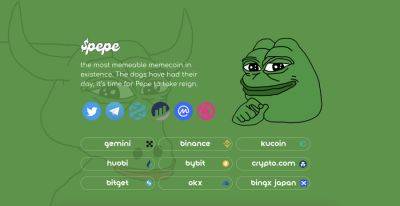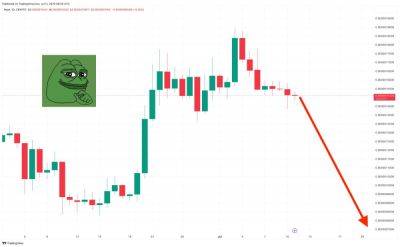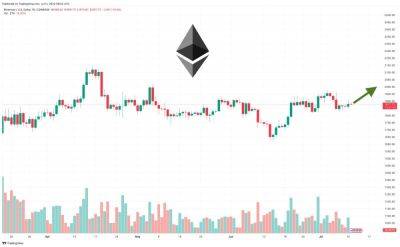Crypto Will Benefit from Bank-Issued Stablecoins, aka Deposit Tokens, Says DAAA’s Bernard Blaha
In an interview with Cryptonews, Bernhard Blaha, co-founder of the Austrian Digital Asset Association (DAAA) and CEO of decentrally governed organization (DGO) The People's SCE, discussed the new type of digital coin: deposit tokens.
He explained the key differences between deposit tokens and stablecoins, why he calls the former 'hybrids', and why they can't be compared to CBDCs - even if both are issued by banks.
Finally, Blaha discussed how big banks' work on deposit tokens could result in more institutional investors entering the crypto market, and subsequently in the increase in consumer trust.
This is what he had to say.
Deposit tokens are essentially the same as stablecoins, only issued by private banks. That said, the crypto market is likely to benefit from this “marketing-lingo” coin, Blaha said.
He argued that market activity does not always correspond to price or market capitalization increases.
That said, in terms of interests, “at least on our side, we’re seeing quite a pickup in marketplace,” Blaha told Cryptonews.
Retail investors play a significant role in driving the market, often more so than institutional investors.
Importantly, however, all the different categories in the industry – the deposit tokens, stablecoins, central bank digital currencies (CBDCs), non-fungible tokens (NFTs), tokenized assets, etc – are puzzle pieces that have to come together for “everyday usage of the technology, without people having to understand that technology.”
Only then will we see the mass adoption that everybody’s talking about, Blaha said.
Blaha would not compare deposit tokens to CBDCs which are a much broader area. Rather, he calls them “a hybrid” – a stable currency issued by a bank.
He stated that,
“I have a very harsh
Read more on cryptonews.com

